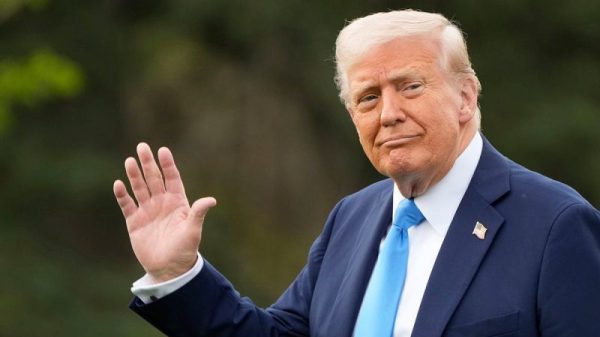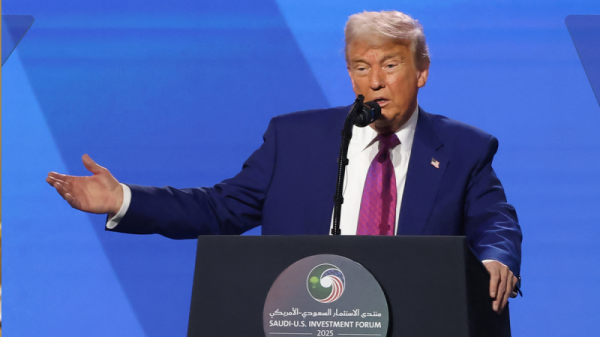China’s Yuan Eases to 1-Week Low
In recent times, the yuan price has been experiencing fluctuations, raising economic concerns in China. The value of the Chinese currency against other major currencies, such as the USD and GBP, has been closely monitored by global markets. Investors and economists are keeping a keen eye on how the yuan to USD and GBP rates will impact the global economy. We delve into the current state of the yuan and explore the reasons behind its recent easing to a one-week low.
Unravelling the Yuan Price Movement
The People’s Bank of China (PBOC) took action as it set the midpoint rate of the Chinese yuan (CNY) against the U.S. dollar at 7.1368 prior to the market opening. This rate serves as the reference point around which the spot yuan is permitted to trade. The new rate was weaker than the previous fix, which stood at 7.1283, but it was surprisingly close to 300 pips stronger than what the market had anticipated.
As the market opened, the spot yuan (CNY) against the dollar (CFXS) began trading at 7.1698 per dollar. However, the value of the yuan quickly weakened, reaching as low as 7.1877, representing a decline of 0.11% from the previous day’s close.
In contrast, the dollar index (.DXY), which measures the value of the U.S. dollar against a basket of other major currencies, experienced a slight decrease, falling to 102.244 from the previous day’s close of 102.303.
The yuan symbol (¥) is an essential symbol representing the Chinese currency. Over the past few months, its value has been under pressure due to various factors. The ongoing trade tensions between China and other major economies have played a significant role in the depreciation of the yuan. The uncertainties surrounding global trade have led to a decline in China’s export revenues, which in turn affects the yuan to USD and GBP rates.
Furthermore, internal economic challenges in China have also impacted the yuan price. Inflationary pressures, a slowdown in economic growth, and government policies aimed at curbing debt have all contributed to a less optimistic economic outlook. These factors have prompted investors to seek safer havens, leading to a weakening of the yuan against other major currencies.
Economic Concerns and the Impact on China
One particular area of concern is the effect of the yuan price on Chinese citizens. The purchasing power of the yuan is a crucial aspect for the people of China, and any depreciation of the currency can lead to higher import costs and an increase in the prices of everyday goods. For instance, a product that costs 100 yuan may become more expensive if the currency loses value against the USD or GBP.
It is worth noting that despite efforts from regulators to curtail speculative trading, the yuan has seen a decline of nearly 4% against the dollar so far this year. This depreciation comes amidst various economic challenges and trade tensions faced by China on both domestic and international fronts.
The PBOC’s decision to set the midpoint rate at a level weaker than the previous fix indicates a willingness to adjust the yuan’s value in response to market dynamics. The close alignment with the market consensus suggests that the central bank is closely monitoring the currency’s performance and attempting to strike a balance between stability and market forces.
The weakening of the yuan against the dollar may have implications for both domestic and international trade. For Chinese citizens, a weaker yuan could lead to higher import costs, potentially impacting the purchasing power of consumers.
On the other hand, a weaker yuan can make Chinese exports more competitive in international markets. As the yuan to USD and yuan to GBP rates become more favourable for foreign buyers, Chinese goods become more attractive due to their lower prices, potentially boosting the country’s export sector.
Unravelling the Yuan’s Impact
The recent easing of the yuan price to a one-week low has raised economic concerns both within China and globally. The ongoing trade tensions and internal economic challenges have contributed to the depreciation of the yuan against major currencies like the USD and GBP.
The ongoing depreciation of the yuan underscores the complexities of managing China’s currency in the global financial landscape. The PBOC will likely continue to use a combination of policy measures to stabilise the currency and foster economic growth. As global economic conditions evolve, the yuan’s performance against the dollar will remain a focal point for market participants and policymakers alike.
The yuan price remains a crucial aspect of China’s economic landscape. It affects the purchasing power of its citizens and influences the competitiveness of Chinese exports in the global market. As China continues to navigate through economic challenges, the world will closely observe how the yuan performs against other major currencies, influencing both regional and international trade and economic dynamics.
The post China’s Yuan Eases to 1-Week Low appeared first on FinanceBrokerage.


































